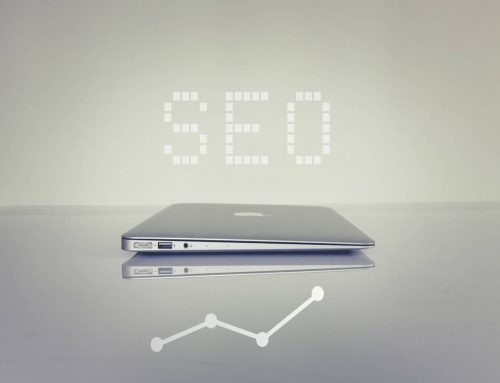One of the most crucial components of your brand identity is your website. It often serves as your audience’s first point of contact with your brand and aids in turning viewers into buyers. Additionally, a well-designed website can help you increase brand recognition. Due to this, it is imperative that your website be efficient and user-friendly but also cohesive with your corporate identity.
But what makes a successful website design?
The five basic elements of web design that can make or break your website are listed below. Each of these components makes a distinct contribution to the user experience. Because of this, you must ensure that you complete these correctly.
1 . Content
Whether you run your own business or are a digital producer yourself, you would probably agree that content is still king. It’s one of the key factors in drawing visitors to your website and keeping them there. Additionally, content also serves as the catalyst for search engine optimization.
Make sure your content gives value to your audience and is compelling enough to keep visitors on your site when you’re developing (or managing) your website. Try out other media, such as videos, images, and even blogs. This will enable you to keep visitors on the site for a long time.
2. Usablity
The end user won’t notice excellent usability, while poor usability will be apparent right away. Your website needs to be simple to use, intuitive, open to all users, and mobile-friendly.
The user should always be aware of their location on the page and be able to quickly get there. They ought to have easy access to any page they require without first having to browse the entire website.
Your website should make an effort to understand what its visitors are thinking and assist them in meeting their needs as quickly and easily as possible.
3. Visibility
Even if you had the most attractive and user-friendly website on the internet, it wouldn’t succeed unless people could find it. The success of your website depends on your presence and exposure across digital marketing initiatives like SEO, social media, and email marketing.
It’s crucial that you comprehend how to use your material, how to target specific platforms, and how to be found online. Make sure you have a strategy in place because there are thousands of variables that can affect where you show up in the search engines.
4. Mobile- Friendly design
Mobile-first. Mobile-first. Mobile-first. Repeat three times so you can remember it.
A website that isn’t mobile-friendly is already behind in this world where mobile usage is on the rise. With no indications of slowing down, mobile traffic has surpassed desktop traffic.
Your website should function equally well across all platforms. Despite the fact that the majority of WordPress templates are mobile-friendly, a custom design will need to be either on a responsive template that can adjust to different screen sizes or on a mobile-only site that is utilised whenever a user who is not a desktop user views your site.
5. Speed
Your website’s loading time gives visitors their first impression of you when they visit.
Users of the internet are accustomed to getting information quickly. When designing your website, speed should be a top priority because if it takes more than three to five seconds for your pages to load, you can expect a 40% bounce rate.Your SEO is also impacted by website speed.
For a website to load quickly, it’s important to keep its pages simple and effective. Avoiding flashy animations, loud music, and videos with large file sizes will help you achieve this.






